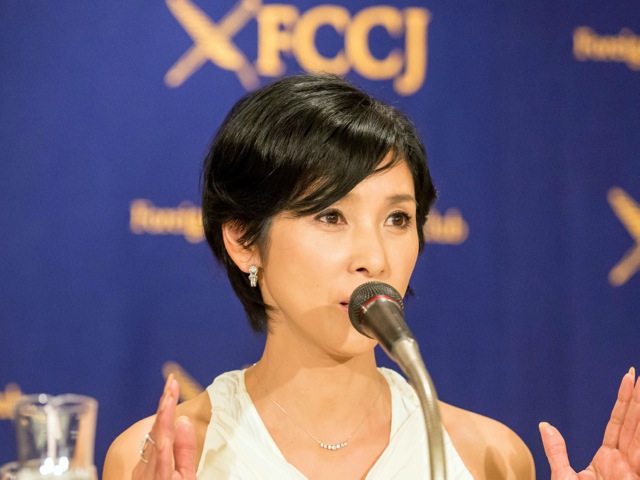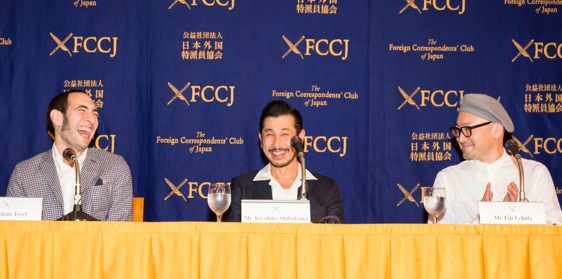KAMPAI! FOR THE LOVE OF SAKE
I may be a teetotaler, but I can appreciate a good alcohol-themed story when I see one, and Kampai! For the Love of Sake is exactly that — although it’s really four stories, not just one. And as we discovered during the Q&A session after our screening, sake tales are as tasty, and as ancient, as the drink itself.
Nihonshu (the correct Japanese term) has a long history, and brewers faithfully followed the process created in the 15th century until the popularity of the drink began declining in the 1990s, partly because of the very constancy of the industry. Many breweries went out of business, or began producing beer or shochu intstead; but just in time for others, a revolution was born. Although the majority of Japan’s 1,200-odd sake breweries are still small and family-owned, drastic changes have been occurring as younger kuramoto (brewery owners) stepped into their father’s shoes. [Yes, it’s still a man’s business, but more on that below.]
Following the international success of an array of documentaries about food, especially Jiro Dreams of Sushi, along with the 2013 registration of washoku (the “traditional dietary cultures of the Japanese”) on the UNESCO Intangible Cultural Heritage list, it’s no wonder that sake — an essential ingredient, accompaniment and complement to Japanese cuisine — is now in the spotlight.



